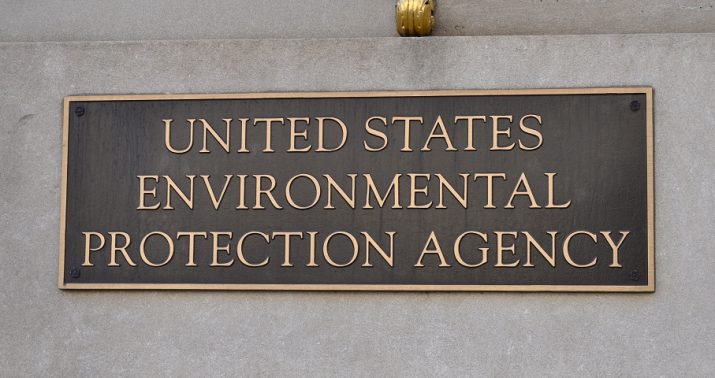
EPA Chief admits that carbon dioxide is not a primary contributor to global warming
Tuesday, March 14, 2017 by Vicki Batts
http://www.libtards.news/2017-03-14-epa-chief-admits-that-carbon-dioxide-is-not-a-primary-contributor-to-global-warming.html

The new Environmental Protection Agency Administrator, Scott Pruitt, recently stated that he does not believe carbon dioxide plays a primary role in global warming. This belief, of course, lies in stark contrast with the EPA’s public stance.
Pruitt, formally the Attorney General for the state of Oklahoma, has become known for his strident criticism of the EPA, which is what perhaps makes him the perfect leader for such an organization. During his tenure as Attorney General, Pruitt filed suit against the EPA several times, most notably for the agency’s contentious climate control regulations on power plants and their water regulation efforts.
Fortunately, so far it seems that Pruitt will not be changing his tune just because he’s in charge now.
In a recent interview with CNBC’s “Squawk Box,” Pruitt stated, “I think that measuring with precision human activity on the climate is something very challenging to do and there’s tremendous disagreement about the degree of impact, so no, I would not agree that it’s a primary contributor to the global warming that we see.”
“But we don’t know that yet. We need to continue the debate and continue the review and the analysis,” he continued.
Pruitt’s statements do not align with the EPA’s current public stance. The agency’s webpage on climate change declares, “Carbon dioxide is the primary greenhouse gas that is contributing to recent climate change.”
Unsurprisingly, Pruitt has been heavily criticized for his beliefs. Hawaii’s Democratic Senator Brian Schatz, co-chair of the Senate Climate Action Task Force, even went so far as to say that anyone who doesn’t believe the so-called “basic facts” about climate change is “unqualified” to lead the EPA.
But yet, there are plenty of facts that show Pruitt is correct, and that carbon dioxide really isn’t the driving force behind climate change at all.
Writing for The Federalist, Robert Tracinski explains that climate is a very complex system that has hundreds of variables at play, and that any assertion of cause and effect is nothing more than someone’s interpretation of data. And according to Tracinski, there is plenty of reason to be skeptical of the belief that carbon dioxide is the one greenhouse gas that causes climate change above all others. He notes that carbon dioxide is not, in fact, the most powerful greenhouse gas. Water vapor, for example, is far more capable of retaining heat and releasing it back into the atmosphere than carbon dioxide. This, Tracinski explains, is because water vapor is better at absorbing radiation from the infrared spectrum — which is then released as heat.
“That’s why all of the climate theories that project runaway global warming use water vapor to juice up the relatively small impact of carbon dioxide itself,” Tracinski writes. This “feedback loop” is used to display how carbon dioxide increases temperature, which then increases the atmospheric water vapor content and leads to further increase in temperature. To put it simply, models of carbon dioxide’s effects rely on other greenhouse gases to amplify its effects.
Additionally, there are many variables within such models that are simply unknown. For example, increased water vapor means more clouds. Clouds offer a reflective, cooling effect that can counteract warming, but how much counteraction they are capable of is essentially unknown. This presents a huge conundrum within a commonly accepted, yet poorly understood, belief about climate change — and climate science as a whole. Basically, there are no “facts,” only hypotheses based on individual data interpretation.
There are in fact many theories surrounding climate change, though only those that have been adopted by the mainstream get the privilege of being regaled as “facts” instead of “hypotheses.”
Recently, it even came to light that The National Oceanic and Atmospheric Administration (NOAA) had published fake data on global warming, in an attempt to claim that the “slowdown” of global warming indicated by a U.N. report never existed. And in 2013, NASA’s Langley Research Center compiled data that indicated carbon dioxide was actually helping to cool the atmosphere, rather than warming it up. The results of their data contradicted the NASA climatology division’s previous claims on the subject.
The field of climate science is actually rife with contradiction, and to put it simply, there are no “basic facts” on climate change — there are “commonly accepted theories,” which are often misconstrued as facts.
Sources:
Tagged Under: Tags: carbon dioxide, climate change, EPA, Scott Pruitt





